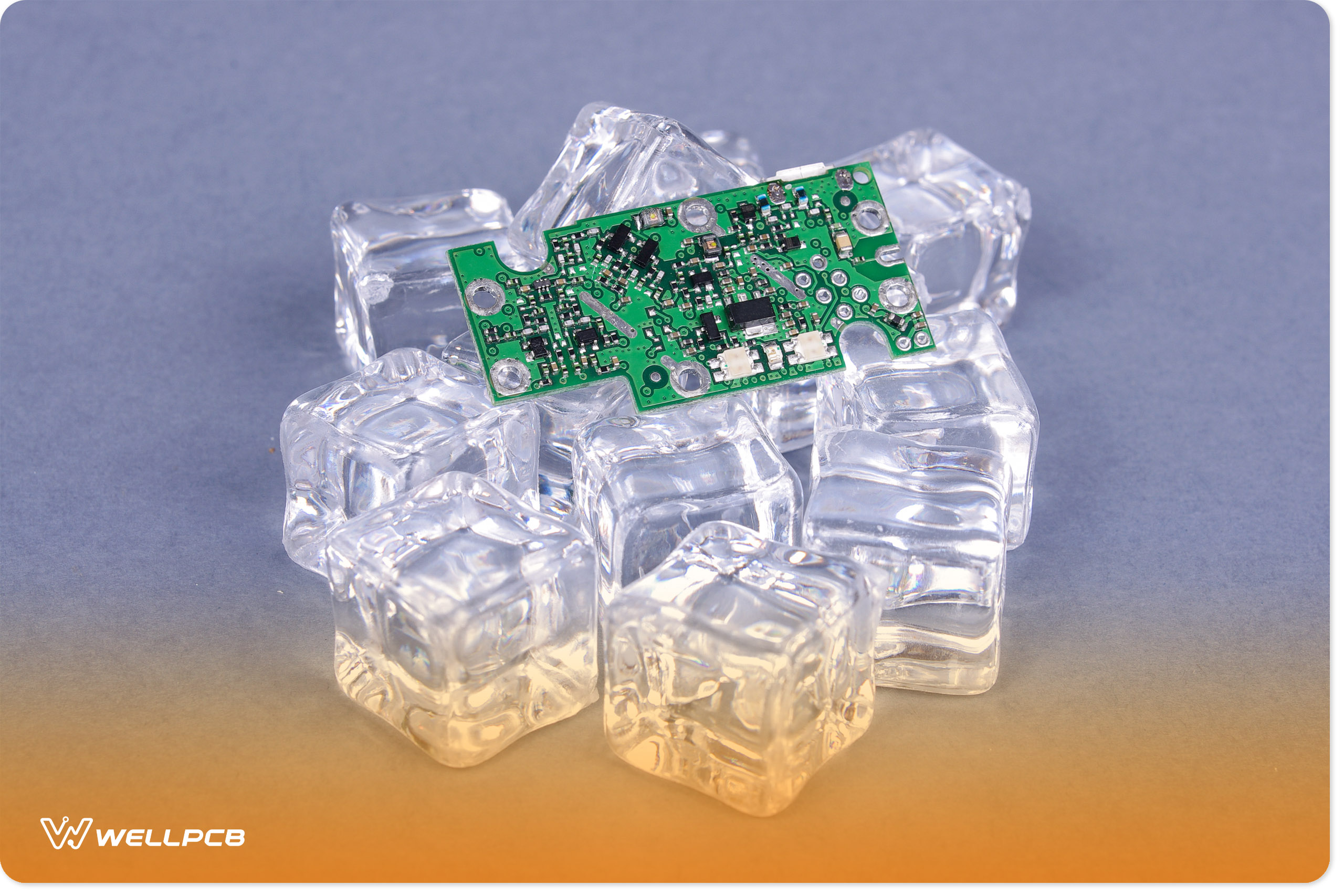1. What is Flexible PCB?
There are many different kinds of flexible circuits, including one metal layer, double-sided, multilayer, and rigid-flex circuits.
The circuits can be formed by etching metal foil cladding (normally of copper) from polymer bases, plating metal, or printing conductive inks, among other processes.
Flexible circuits may or may not have components attached. When components are attached, they are considered by some in the industry to be flexible electronic assemblies.
Flexible PCBs are made of materials that can flex and move, such as plastic. The utilization of flexible materials implies that a flexible PCB can turn or shift during regular use without permanent damage to the components or connections found on the board.

2. Types of Flexible PCBs
Flexible PCBs come in single, double, or multilayer formats. Rigid-flexible and Flat-flexible.
However, because they need to be printed on a flexible material, they tend to cost more for fabrication.
Flexible PCBs can also be utilized in areas that might be subject to environmental perils.
To do such, they are built using materials that might be waterproof, shockproof, corrosion-resistant, or resistant to high-temperature oils.
3. Flexible PCB Application
Applications of flexible circuits range in a variety of fields. Flexible circuits are used in cell phones, LCD televisions, antennas, and laptops.
Circuits have evolved and helped provide durability and reliability. Flexible circuits are also used in the aviation field.
Other applications of flexible circuits are hearing aids, calculators, cameras, printers, and satellites.
Some special electronic types of equipment may need to consider selecting flexible printed circuit boards, such as Computer Electronics, Automotive Electronics, Medical Equipment, Smartphones, and so on.
If you need Flexible PCB please contact [email protected] directly.





